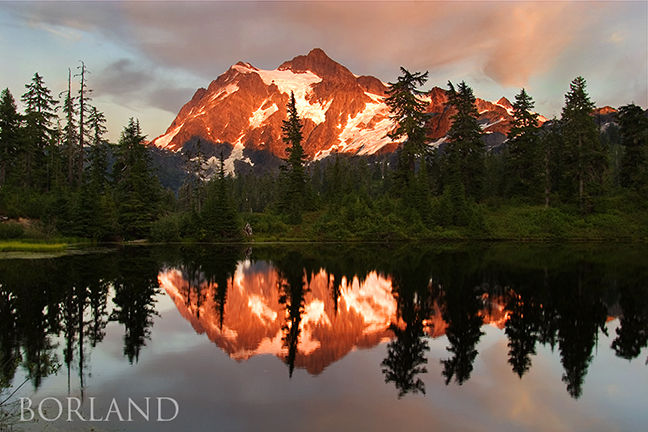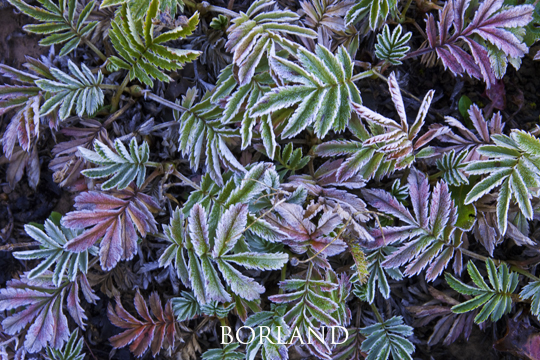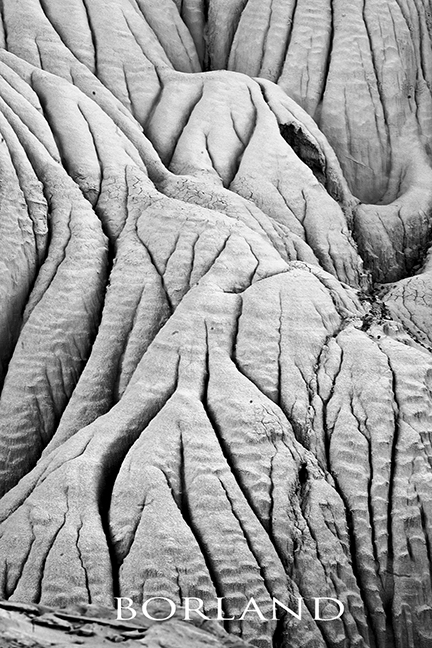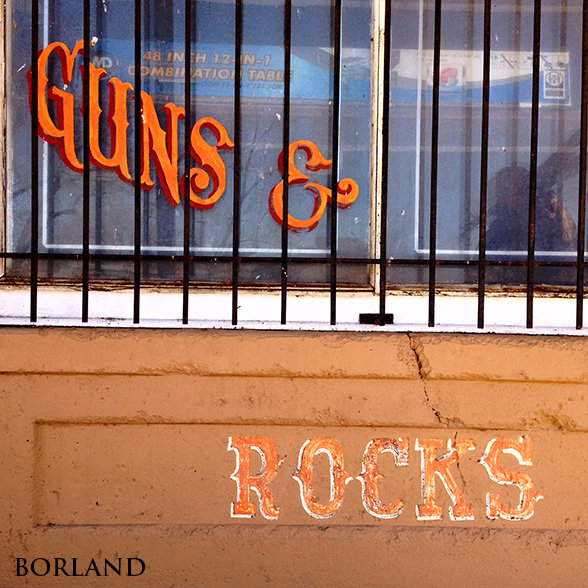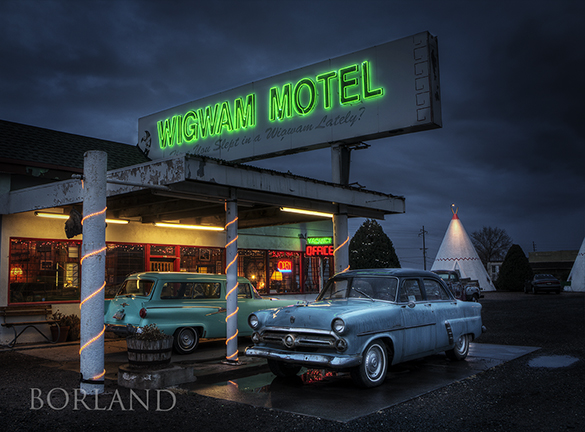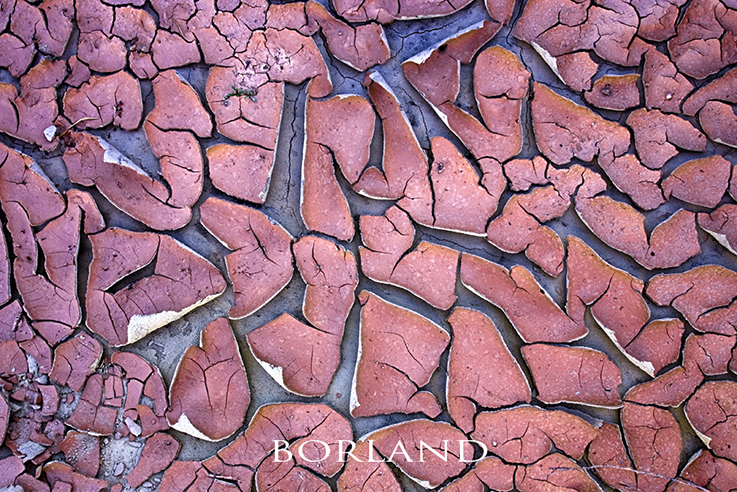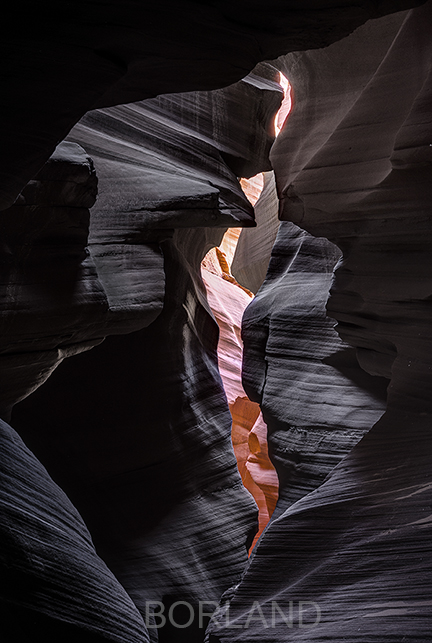I have told myself more than once that I am burned out on Grungy looking HDR and dont want to look at it let alone create it. But that appears to never be true since I continue to create a few HDR images from time to time. This is Death Valley at sunrise and it made for a great HDR and it is not to grungy, at least by my definition of grungy. Which is hyper color and lotsa noise and halos on the edges.
Fortunately for those of us using HDR software, you can create images that look perfectly normal and even push them a little without hyper color and noise and halos. That was my goal here. Add substantial drama. The ground here is not dark like this but rather very light salt pan. The clouds weren’t that dark either, but HDR is famous for making them look threatening.
So carefully moving the settings added a lot of drama here while avoiding over-done color and noise and other HDR issues that can arise. It is almost like a negative effect, and I am happy with it.


